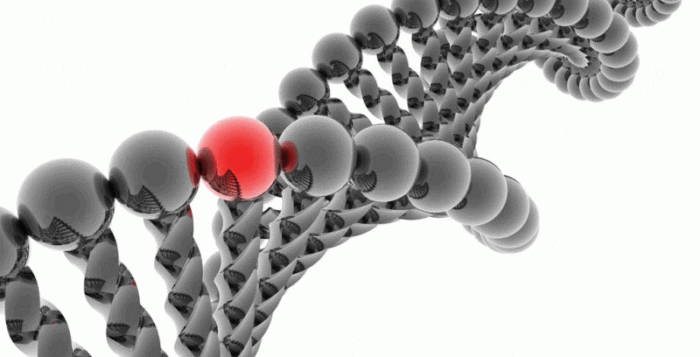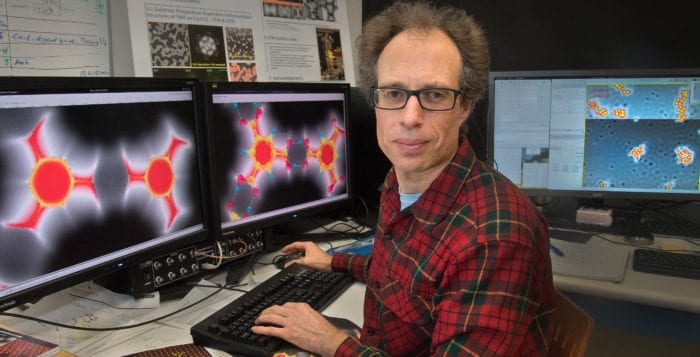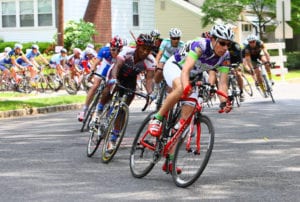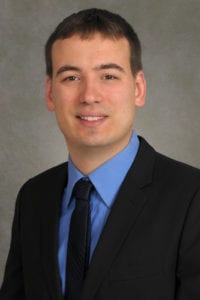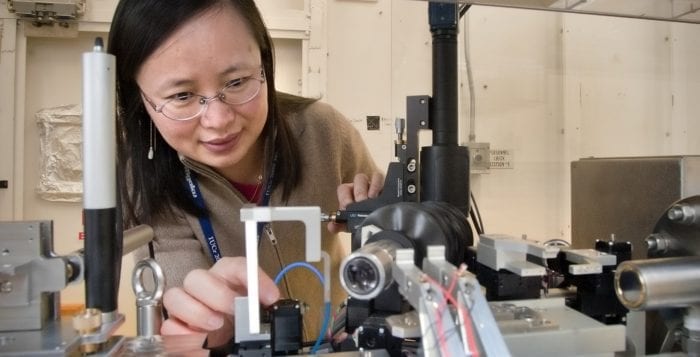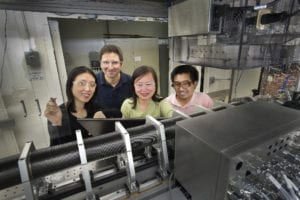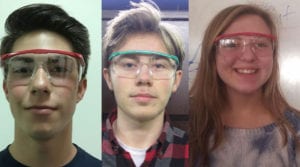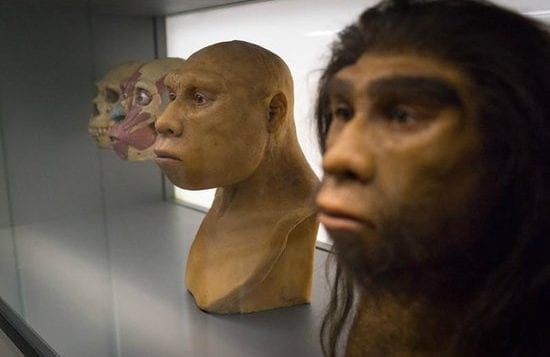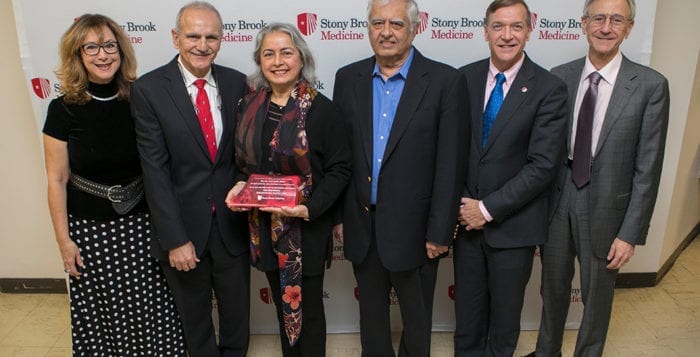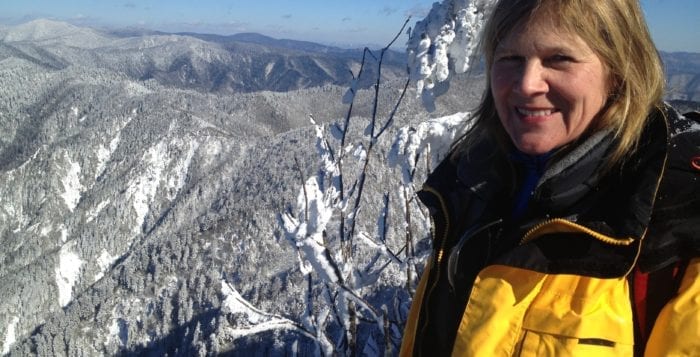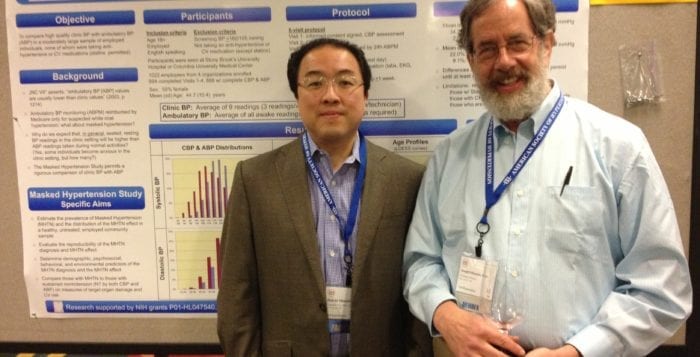By Elof Axel Carlson
On March 20, 1997, I was happy to see my first Life Lines column in the Arts and Lifestyles section of publisher Leah Dunaief’s North Shore newspapers. Since then more than 400 Life Line columns have appeared for which I am grateful.
It has been my good fortune, since I was a teenager, to be a storyteller. I learned that the best way to understand something is to tell it out loud like a story. It worked in high school and it has been an asset in my teaching whether at the graduate level or for courses on science for nonmajors.
This column has been my connection to a largely unknown audience. When I was teaching at Stony Brook University, I regularly ran into strangers at the supermarket who would give me feedback. I learned from Editor Heidi Sutton that the online version of the TBR newspaper site has a substantial number of readers of this column.
To celebrate this anniversary, I will share with you the story of the newest field of the life sciences, synthetic genomics. A team of scientists led by Jef Boeke at NYU published an article in Science describing their success in making synthetic chromosomes for yeast cells. Yeast has 16 chromosomes and 6,275 genes. Those 16 chromosomes also contain 12,156,677 base pairs that make up its DNA.
The DNA sequence was worked out in 1996 so that knowledge goes back to the time I was writing the first batch of articles for this column. The NYU study has synthesized five of the 16 chromosomes and tested them in yeast cells to show that they function. They removed nonfunctional genes and inserted components that do not play a role in gene function or metabolism.
They also have created a 17th chromosome that contains a set of genetic tools. These include genes that repair mutations, genes that shuffle genes more effectively to speed up new mutation production when a desired type is sought, and genes that make new products or boost their production. Different strains of yeast cells make bread, beer and wine.
Boeke’s team hopes to complete the remaining chromosomes this year. For their long-range plans they hope the synthetic yeasts they make will produce antibiotics, vitamins, painkillers, hormones and other biological products for the pharmaceutical industry. They hope their synthetic yeasts will have a wide range of uses in making breads fortified with vitamins and proteins.
Think of having synthetic yeast-made varieties of food on a space journey to Mars where opportunities to grow plants are limited for a journey that might take months or years. They are following federal regulations to make sure their yeast is safe and they do not plan on making new species or new forms of life. But all new inventions of science lead to new outlets; so I will not be surprised years from now to see artificial life-forms made to do useful things like digesting industrial wastes and degrading them to harmless components.
Imagine if you could engineer a yeast cell to concentrate the gold from ocean water. Imagine a synthetic yeast that could pull the carbon dioxide from the air and turn it into gasoline or coal so that carbon dioxide levels are actually lowered while carbon-based fuels are made without mining for them.
I have never been a practical person and such applications, while easy for me to imagine, are not as satisfying as the knowledge that synthetic genomics can provide. Synthesizing the 16 chromosomes from off-the-shelf chemicals and forcing yeast cell cytoplasm to accept an artificial nucleus is not the same to me as finding out what that cytoplasmic material does and how it works.
Is it, as one geneticist remarked, a “playground for the genes?” Or will it turn out to house something so new to our field of biology that we can’t even imagine its components and functions? Will this too be synthesized once it is successfully tackled by a future generation of scientists?
I am not worried about applications to germ warfare. Most military planners know that germ warfare is a risky way to wage it because it is not easy to immunize your own nation’s citizens before you manufacture and launch new germ warfare agents against an enemy. There is also the war crimes risk for those involved if they are on the losing side of the war.
I am also not worried about runaway contagions as unexpected consequences of scientific studies. I strongly believe government regulations are essential to protect the public’s health and the NYU team is rigidly following those guidelines.
I celebrate this accomplishment because it is opening up a new field of science and some of the persons learning about this might be among the first to apply that new scientific knowledge to medicine, industry and our ever-changing conception of life and our stewardship for fostering it.
Elof Axel Carlson is a distinguished teaching professor emeritus in the Department of Biochemistry and Cell Biology at Stony Brook University.

